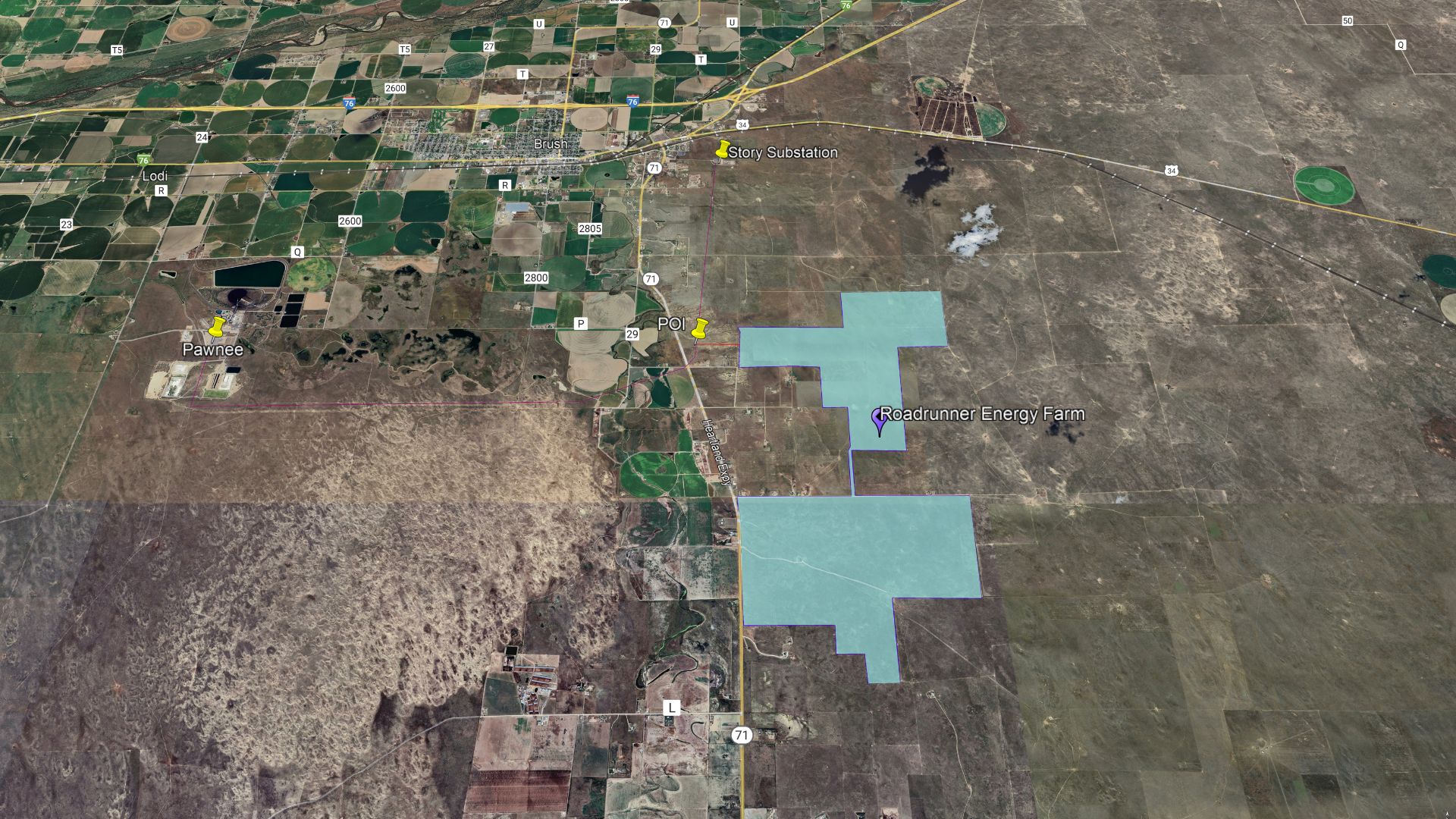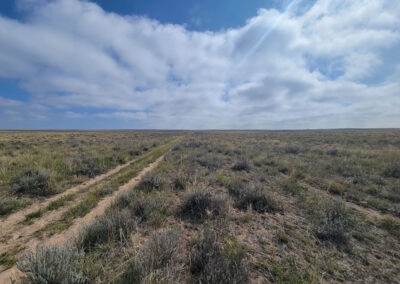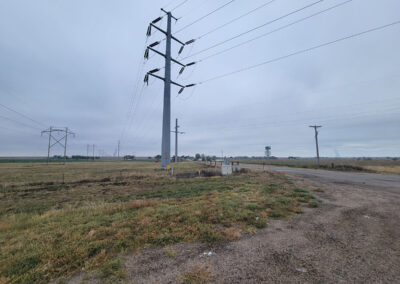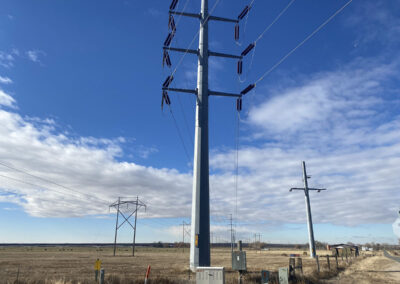
Project Summary
Roadrunner Energy Farm is a planned photovoltaic solar and energy storage facility located in Morgan County, CO. The Project is expected to produce up to 500MWac of electricity, using ground-mounted photovoltaic solar panels.
The project will harness renewable energy to support Colorado’s sustainable energy objectives. It offers all green energy, energy shifting, capacity, ancillary services, ancillary service capacity, and resource adequacy benefits. The project will contribute to Morgan County’s economic development while minimizing environmental impact.
Milestone Schedule (per SUP Application)
| Site Control Obtained | October 2022 |
| Permit Application Submittal | Q1 2024 |
| Interconnection Process Initiated | Q2 2024 |
| Obtain Federal, State, and County Discretionary Permits | Q1 2025 |
| Execution of Construction Contracts | Q1 2025 |
| Execution of Interconnection Agreement | Q2 2026 |
| Notice to Proceed | Q2 2026 |
| Construction Start Date | Q2 2026 |
| Foundations for All Facilities Installed | Q3 2026 |
| Delivery/Installation of GSU at Site | Q1 2027 |
| Interconnection Facilities Capable of Energization | Q1 2027 |
| Startup Testing of Facility Commencement | April 2027 |
| Commercial Operation Date – June 2027 | Jun-27 |
Location
The Project site is located about 5 miles south of the City of Brush to the east of Highway 71 in unincorporated Morgan County, CO.
Key Features
Solar Panels
The project features state-of-the-art solar panels designed to efficiently convert sunlight into electricity. These panels are strategically positioned to maximize solar exposure throughout the day. Panels are designed to absorb sunlight, non-reflective. Quiet, non-emitting energy.
Inverter Systems
Cutting-edge inverter systems are integrated into the project to convert direct current (DC) generated by the solar panels into alternating current (AC) suitable for consumption or grid connection.
Energy Storage
Incorporating energy storage solutions such as batteries ensures continuity of power supply even during periods of low sunlight or grid outages. This enhances reliability and resilience.
Monitoring & Control
Advanced monitoring and control systems are deployed to optimize energy production, track performance, and identify any maintenance needs promptly.
Environmental Impact
The project mitigates environmental impact by reducing reliance on fossil fuels, lowering greenhouse gas emissions, and promoting cleaner air quality in the region. In addition, ground mounted solar modules can provide co-benefits such as reducing soil erosion and creating opportunities for native plant growth underneath the panels, fostering biodiversity and ecological resilience.
Community Benefits
Beyond environmental advantages, the project fosters community development by creating local job opportunities, supporting economic growth, and potentially reducing energy costs for residents. Other community benefits include scholarships for local students, funding for local food bank, other local charities.
During construction:
- approximately 350 construction jobs
- Patronage of local businesses (lodging, hospitals, restaurants, retail)
- ~$1.1 billion total cost to build.
During the lifetime of the project:
- ~$30 million in tax revenue without burdening services (water, sewer, library, schools, etc.) over the lifetime of the project.
National Economic Resiliency
Where possible, the project will seek US suppliers for key components to help support the new growth of American manufacturing jobs.
Long-Term Sustainability
By harnessing renewable solar energy, the project contributes to long-term sustainability goals, aligning with regional, national, and international efforts to combat climate change and transition towards a low-carbon future.
Project Specifications
Total Installed Capacity
Up to 500 MW (enough to power appx. 145,000 homes and businesses annually)
Annual Energy Production
1,138,800 MWh
Number of Solar Panels
Approximately 1,107,264 panels
Land Area Utilized
Project boundary 2886 acres, GCR (ground coverage ratio): 40%
Expected Carbon Emission Reduction
Expected to reduce the equivalent of 1,093,698 tons of carbon dioxide emissions annually.
Project Timeline
- Planning and Permitting: 2022 – 2025
- Construction: 2026 – 2027
- Commissioning: May-July 2027
- Operation and Maintenance: Ongoing (35 years)
About the Developer
At RAI Energy, we take a “Community Forward” approach to development, meaning that the local community is treated as an essential stakeholder right from the start. To signify our commitment to our local community, we name the project after a local school mascot that generates local pride, and echoes RAI Energy’s deep commitment to supporting local schools and local economic development. In this case, our project has selected the name of the Morgan County community college mascot – the roadrunner.
Contact Us
We welcome your questions, concerns and input about Roadrunner Solar Farm.

